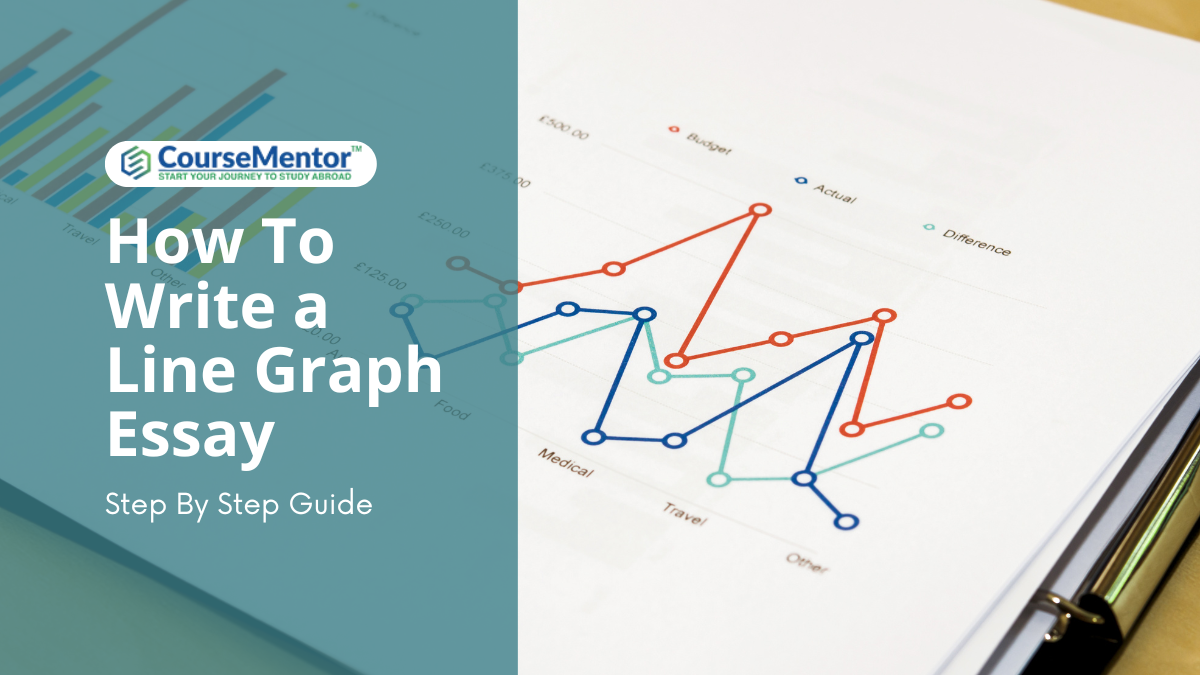Learning a new language opens doors to new cultures, people, and opportunities. With the rise of language-learning apps like Duolingo, many are eager to embark on their language-learning journey. But one question remains prevalent: How long does it take to learn a new language on Duolingo? In this blog, we’ll explore this question, shedding light on the factors influencing language learning, sharing real-life experiences, and providing practical tips for success.
Factors Affecting Language Learning on Duolingo
- Prior Language Proficiency: Your existing language skills play a significant role. Beginners might take longer to grasp basics, while those with some background might progress faster.
- Consistency and Frequency: Regular practice is key. Spending a few minutes each day on Duolingo can yield better results than sporadic, intense sessions.
- Complexity of the Target Language: Some languages are more complex than others, affecting learning speed. For example, a native English speaker might find Spanish easier to learn than Mandarin.
- Individual Learning Styles: Everyone learns differently. Some thrive with visual aids, while others prefer auditory or kinesthetic learning. Duolingo’s varied activities cater to different preferences.
- Supplementary Resources: Using Duolingo as a standalone tool might limit progress. Supplementing with podcasts, books, or language exchange programs can enhance learning.
The Duolingo Effect: Bite-Sized Lessons and Gamified Learning
Duolingo offers a unique approach. Bite-sized lessons, gamified elements like points and leaderboards, and a friendly interface make learning a new language feel less like a chore and more like a daily brain workout. This playful approach is a big part of Duolingo’s appeal – it keeps users engaged and motivated, a crucial factor in any language learning journey.
Is Duolingo Enough To Learn A New Language?
Whether Duolingo is enough to fully learn a new language depends on various factors, including your language learning goals, dedication, and preferred learning methods. Duolingo offers a structured approach to language learning with interactive exercises and lessons covering vocabulary, grammar, listening, speaking, and reading skills.
However, it may not provide complete proficiency or real-life fluency on its own. Supplementing Duolingo with other resources like language exchange programs, immersive experiences, and additional practice materials can enhance your learning and help you achieve a higher level of proficiency.
Ultimately, while Duolingo can be a valuable tool in your language learning journey, combining it with other resources is often recommended for a well-rounded language education.
How Long Does It Take To Learn A New Language On Duolingo?
The Time Investment: From Hours to Years
Duolingo itself estimates that completing a language course can take anywhere from 34 hours to 132 hours. However, these numbers represent dedicated, consistent effort, likely exceeding an hour of daily practice. For most users, a more realistic timeframe depends on several key factors:
- Your Effort: Are you squeezing in a quick five-minute lesson or dedicating a dedicated 30 minutes each day? The more consistent and focused your efforts, the faster you’ll progress.
- The Language Divide: Languages with similar roots to your native tongue will generally be easier to pick up. Learning Spanish or French as an English speaker might be faster than tackling Japanese or Arabic.
- Your Learning Goals: What does “learning” a language mean to you? Basic conversation requires a different approach than achieving fluency.
Here’s a more realistic breakdown based on your goals:
- Building a Basic Foundation (Weeks to a Few Months): Regular practice can equip you with basic vocabulary and sentence structures for greetings, simple questions, and everyday interactions.
- Reaching Intermediate Fluency (Months to a Year): You’ll be able to understand conversations on familiar topics, express yourself more confidently, and potentially navigate travel situations.
- Fluency? The Journey Continues: Duolingo alone might not be enough to achieve full fluency. This requires deep immersion beyond the app, including speaking with native speakers and consuming media in your target language.
Beyond Duolingo: Maximizing Your Language Learning
While Duolingo is a fantastic tool to ignite your language learning journey, consider it a launchpad, not the final destination. Here are some ways to supercharge your progress:
- Supplement with Other Resources: Podcasts, movies, music, and audiobooks can immerse you in the language and improve listening comprehension.
- Find a Language Exchange Partner: Converse with native speakers online or in person to practice speaking and gain cultural insights.
- Dive Deeper with Grammar Resources: Duolingo focuses heavily on vocabulary and phrases. Consider additional resources to solidify your understanding of grammar rules.
- Travel and Immerse Yourself: The ultimate language learning experience comes from surrounding yourself with the language in its natural habitat.
Remember, Consistency is Key!
Language learning is a marathon, not a sprint. The most important factor for success is consistent practice. Even 15-20 minutes a day on Duolingo, combined with other resources, can significantly improve your language skills over time.
Recommendations and Tips To Learn A New Language On Duolingo
- Set Realistic Goals: Break down your language learning journey into manageable steps.
- Diversify Learning: Explore different resources and activities to keep learning engaging and effective.
- Leverage Community Support: Join language learning communities or find language exchange partners for additional practice.
- Embrace Immersion Opportunities: Immerse yourself in the language by watching movies, listening to music, or even traveling to a country where it’s spoken.
Can You Become Fluent In A Language With Duolingo?
Becoming fluent in a language solely through Duolingo is unlikely. While Duolingo offers an effective way to build vocabulary, practice grammar
Fluency involves not only understanding and using vocabulary and grammar correctly but also being able to comprehend and communicate effectively in various real-life situations.
To reach fluency, it’s essential to supplement Duolingo with other learning methods, such as:
- Immersion: Engage with native speakers through conversation, media, and cultural activities.
- Practice: Regularly use the language in different contexts, such as speaking, writing, listening, and reading.
- Supplementary Resources: Explore additional materials like books, podcasts, movies, and language exchange programs to expand your skills.
- Cultural Understanding: Learn about the cultural nuances and customs associated with the language you’re learning.
While Duolingo can be a valuable tool in your language learning journey, achieving fluency typically requires a combination of dedicated practice, exposure, and immersion in the language.
Conclusion
Learning a new language on Duolingo is a rewarding journey filled with challenges and triumphs. While the time it takes varies for each individual, consistency, dedication, and a positive mindset are key.
By following the tips outlined in this blog and staying committed to your language learning goals, you’ll be well on your way to fluency.
So, why wait? Start your language learning adventure on Duolingo today! I hope you have learnt about how long does it take to learn a new language on duolingo.





